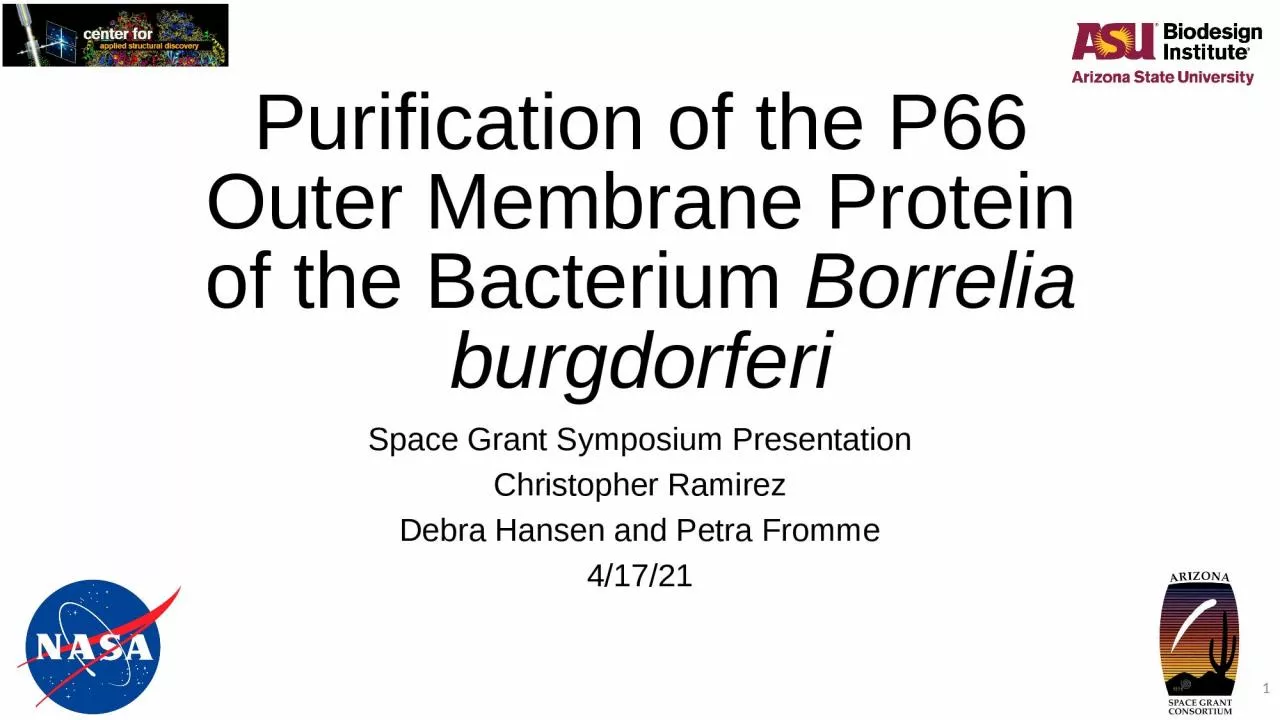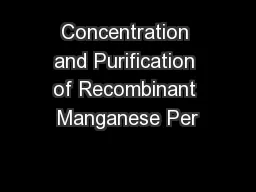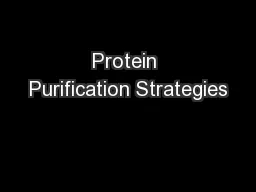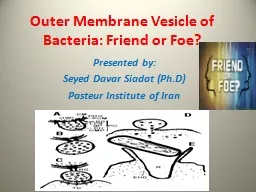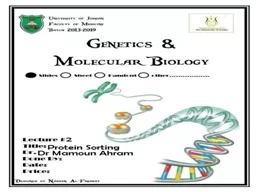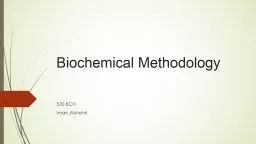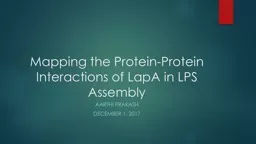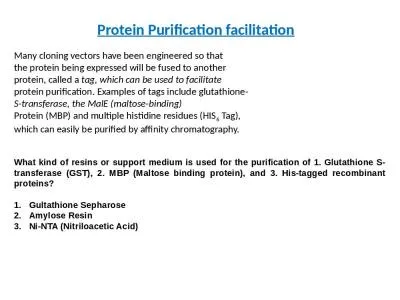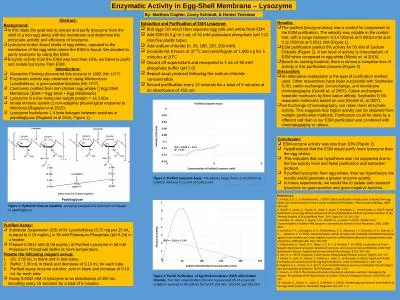PPT-Purification of the P66 Outer Membrane Protein of the Bacterium
Author : emma | Published Date : 2024-01-13
Borrelia burgdorferi Space Grant Symposium Presentation Christopher Ramirez Debra Hansen and Petra Fromme 41721 1 Background 2 What is Lyme disease Most common
Presentation Embed Code
Download Presentation
Download Presentation The PPT/PDF document "Purification of the P66 Outer Membrane P..." is the property of its rightful owner. Permission is granted to download and print the materials on this website for personal, non-commercial use only, and to display it on your personal computer provided you do not modify the materials and that you retain all copyright notices contained in the materials. By downloading content from our website, you accept the terms of this agreement.
Purification of the P66 Outer Membrane Protein of the Bacterium: Transcript
Download Rules Of Document
"Purification of the P66 Outer Membrane Protein of the Bacterium"The content belongs to its owner. You may download and print it for personal use, without modification, and keep all copyright notices. By downloading, you agree to these terms.
Related Documents

